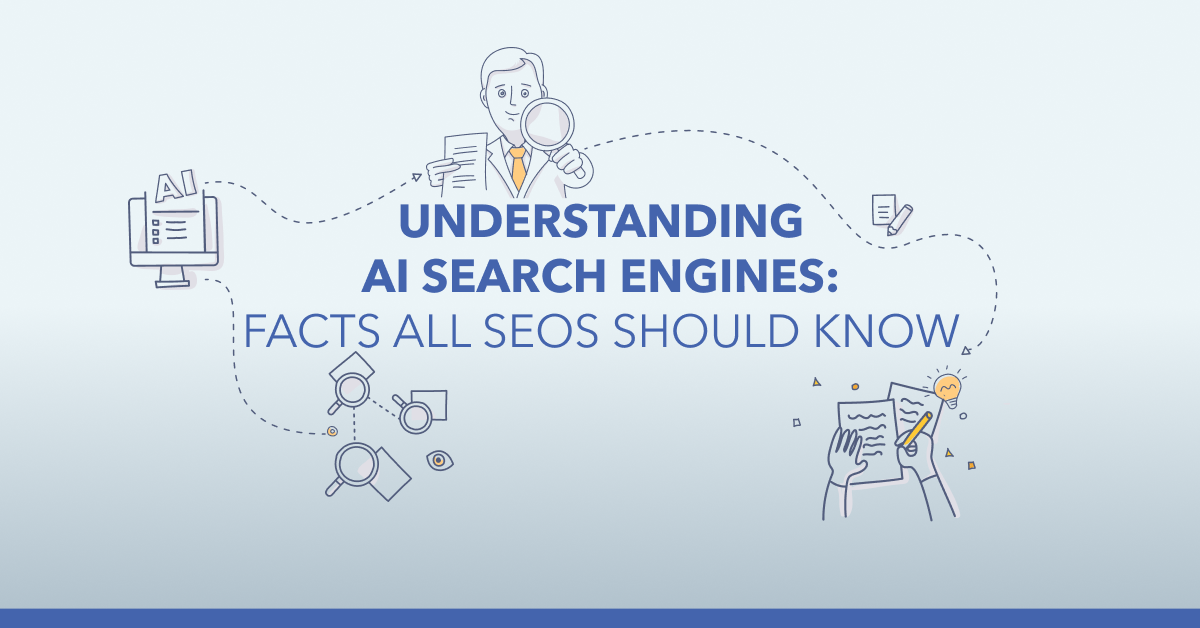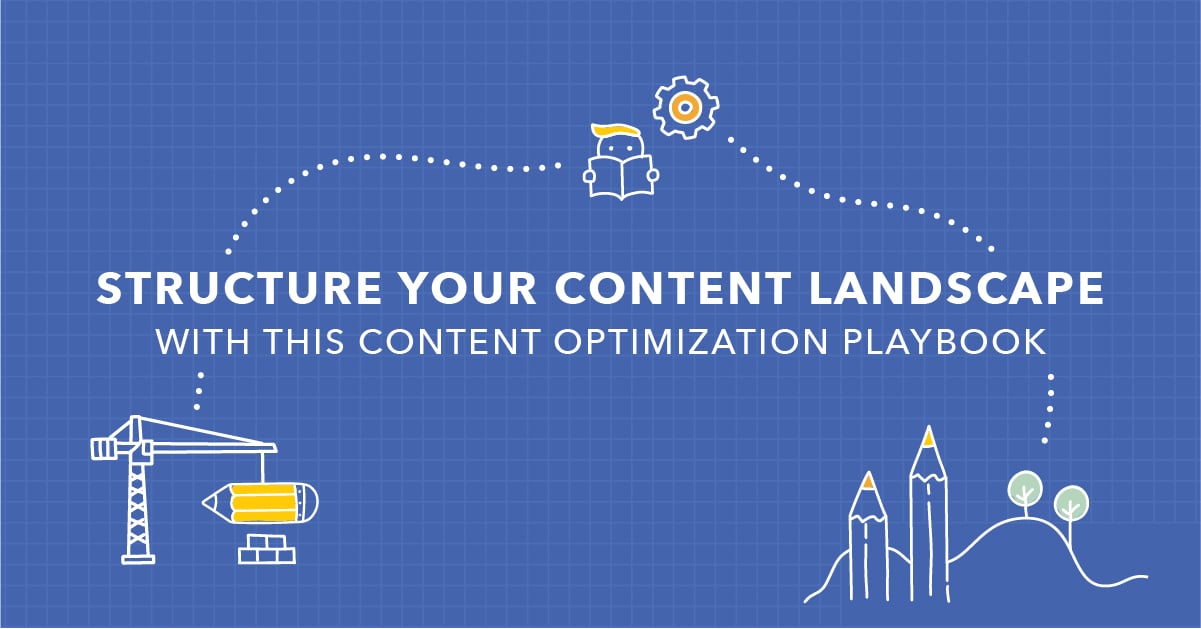Google's introduction of AI Mode marks a major potential shift in how users engage with search. With AI-generated answers and follow-up conversations, search is becoming more dynamic, intuitive, and less reliant on traditional blue links.
This also may reduce the need for platforms like ChatGPT and Perplexity for search tasks. While Google already owns user attention, the lack of interactivity in AI Overviews pushed some toward other AI search engines. AI Mode may change that.
For SEO and content teams, it’s both a challenge and an opportunity: evolve your strategy to stay visible in this new landscape.
In this blog, we share our POV, explore AI Mode’s implications for the search landscape, and provide actionable insights for enterprise SEOs to navigate and capitalize on this significant SERP change.
Want to start with the basics? Scroll down to get up to speed on AI Mode.
Table of Contents:
Implications of AI Mode for the Search Landscape
The introduction of AI Mode signifies one of the most significant changes to Google's search interface in its history. By offering a conversational, AI-driven search experience, Google is directly responding to the growing popularity of generative AI platforms like ChatGPT and Perplexity.
But this isn’t uncharted territory. Bing introduced a similar AI-enhanced search experience back in May 2023 with Copilot Search. Initially integrated directly into Bing’s main search bar, Copilot eventually evolved into its own dedicated tab — giving users the option to interact with results conversationally.
The result? A noticeable shift in how people searched. Users adapted quickly, submitting longer and more complex queries, retraining themselves to leverage the depth that AI-driven search could deliver.
Now, with Google embracing the same model, we should expect similar behavior shifts at scale. As users grow accustomed to getting rich, multi-faceted responses from longer inputs, average query lengths are likely to increase. For enterprise SEOs, this means adapting content strategies to align with a future where precision and depth — not just keywords — drive visibility in AI-powered results.
What We Expect to Happen Next With Google’s AI Mode
AI Mode currently offers users a richer, more contextual search experience — but it’s clear this is only the first move in a much broader strategy. Google has already positioned AI Mode as a top-level tab in the search interface, signaling its long-term commitment to this feature.
Strategically, this is where Google’s massive distribution advantage comes into play. Unlike its competitors, Google has the ability to push adoption at scale through its ecosystem. The most likely next step? Bringing AI Mode directly into Chrome.
This would mirror Microsoft’s approach with Edge, but on a much larger scale. By embedding AI search directly into the browser, Google could seamlessly meet users where they already are — dramatically accelerating adoption and normalizing conversational search behavior.
Of course, this move could raise regulatory eyebrows and spark antitrust debates. But from a product standpoint, the direction is clear: Google is redefining search as a collaborative, context-rich experience. In this emerging model, search isn’t just about finding answers — it’s about exploring, comparing, and acting, all within a unified, intelligent interface.
What AI Mode Means for Enterprise SEO
Short-Term Impact of AI Mode: Minimal but Growing
For now, AI Mode is only available to users with personal Google accounts, not Workspace accounts or incognito sessions—and they must intentionally opt in by clicking the AI Mode button. That suggests that adoption will be likely limited in the early stages.
This behavior aligns with what we've seen in the past: features like Images, News, and Finance tabs exist, but very few users actually click into them unless prompted by a feature directly in the SERP. AI Mode, as a separate tab, will likely follow the same adoption curve initially.
Long-Term Impact of AI Mode: Disruptive
We anticipate that AI Overviews will soon offer a direct link to “AI Mode,” allowing users to seamlessly chat with search results — integrating this functionality more naturally alongside existing SERP features.
Beyond that, Google may begin actively encouraging users to try AI Mode, especially when they enter longer or more complex queries that benefit from conversational responses.
As AI Mode becomes more prominent and users increasingly receive detailed answers directly within the search interface, traditional engagement metrics like click-through rates are likely to decline.
To stay ahead in this shifting landscape, SEOs will need to rethink how they measure success — developing new KPIs that reflect visibility and impact within AI-powered experiences.
For more insights, check out our POV on AI search’s SEO impact, grounded in the latest data.
How to Adapt Your SEO Strategy to AI Mode
AI Mode’s “search first” approach—running multiple targeted queries per topic—makes topical completeness more essential than ever.
Your content must not only address the main topic, but also anticipate and cover the related questions and angles AI Mode is likely to explore.
Just as important is how you structure your content. AI Mode scans quickly for relevant, digestible insights. Organizing your content clearly—using strong headers, focused paragraphs, and easily digestible wording—helps ensure your information is understood, cited, and surfaced in AI-generated results.
Google has provided content guidelines for their AI experiences on search.
Reporting on Traffic from AI Mode
Traffic from AI Mode doesn’t send a referrer, so it's currently being classified as direct traffic rather than organic in analytics platforms.
The good news? Google’s has confirmed that AI Mode impressions and clicks will be reported in Search Console analytics.
seoClarity already integrates this data—so clients can easily monitor performance as AI Mode adoption grows.
How seoClarity Can Help SEOs Adapt to Shifts Brought on by AI Mode
At seoClarity, we’re not reacting to the rise of AI Mode—we’ve been building for it.
With a proven history of innovation and deep AI expertise, we’re taking a first-principles approach to help SEOs succeed in this new era. Our approach is grounded in extensive research on how AI Mode interprets queries and surfaces content that comprehensively addresses them.
We already have the technology to scan AI Mode responses to uncover:
- What’s being said in the response
- Who’s being mentioned and/or cited
- Where your brand or content is missing
Plus, existing capabilities like Topic Explorer, Content Ideas, and Content Fusion, allow you to identify content gaps, build topical authority, and structure your pages to increase your chances of appearing in more AI Mode results.
Schedule a demo to learn more!
Learn the Basics: What Is Google AI Mode?
Unfamiliar with what AI Mode is? Let’s get you caught up.
Unveiled at Google I/O 2025, AI Mode is now available to all U.S. users as of May 21, 2025 – even those who did not opt in through Google Labs.
Users can enter AI Mode by clicking a dedicated button below the search bar. Once activated, traditional search results are replaced with an AI-generated overview, accompanied by an "Ask anything" prompt for follow-up questions.
This offers a more interactive and in-depth search experience than the existing AI Overviews.
Image Credit: Google
Key Features:
- Deep Search: This feature conducts extensive research by breaking down queries into subtopics and performing multiple searches simultaneously, providing in-depth, fully cited reports.
- Agentic Capabilities: AI Mode can perform certain multi-step tasks, such as purchasing tickets or making reservations, showcasing the beginning of agentic features in search.
- Query Fan-Out Technique: Unlike traditional search, AI Mode employs a "query fan-out" method, issuing multiple related searches concurrently to provide a comprehensive answer.
How AI Mode Works
At its core, AI Mode leverages a modified Retrieval-Augmented Generation (RAG) methodology. In traditional AI Overviews, the response is generated first, and then sources are sought to validate the information.
In contrast, AI Mode begins by conducting a series of searches, integrating the findings into its response alongside information from its LLM dataset. This approach ensures a more accurate and comprehensive answer.
Image Credit: Google
The "query fan-out" technique allows AI Mode to dissect a user's query into multiple subtopics, conducting simultaneous searches for each. This method enables the AI to gather a broader scope of information, resulting in more detailed and nuanced responses.
Final Thoughts
Google's AI Mode represents a transformative step in the evolution of search. For enterprise SEOs, this shift presents both challenges and opportunities.
By understanding the mechanics of AI Mode and adapting strategies accordingly, you can ensure your content continues to reach and engage your target audience in this new era of search.








Comments
Currently, there are no comments. Be the first to post one!